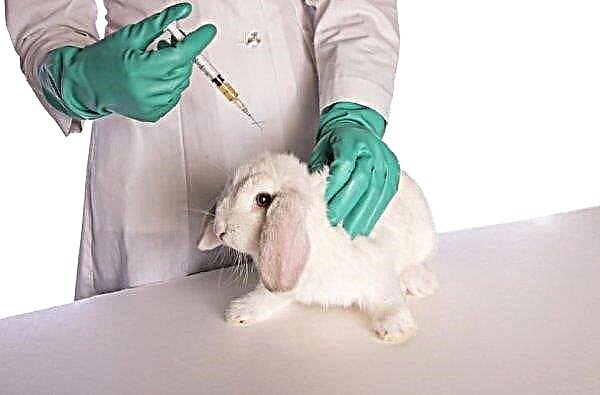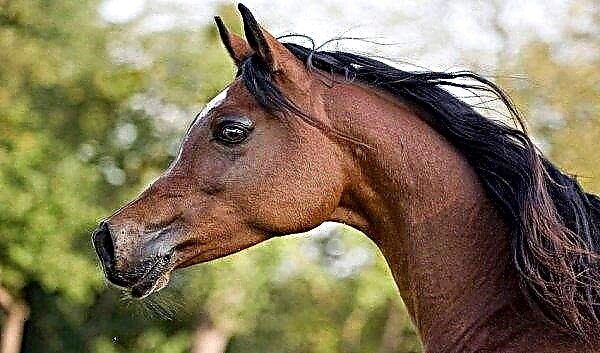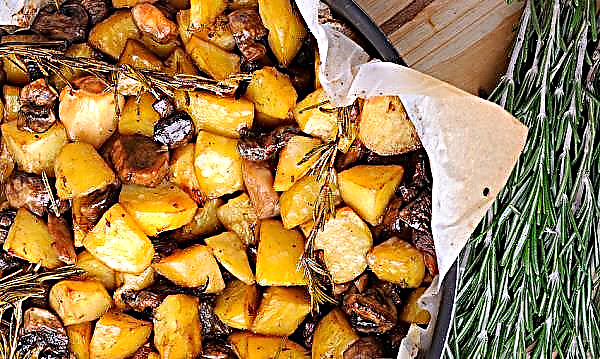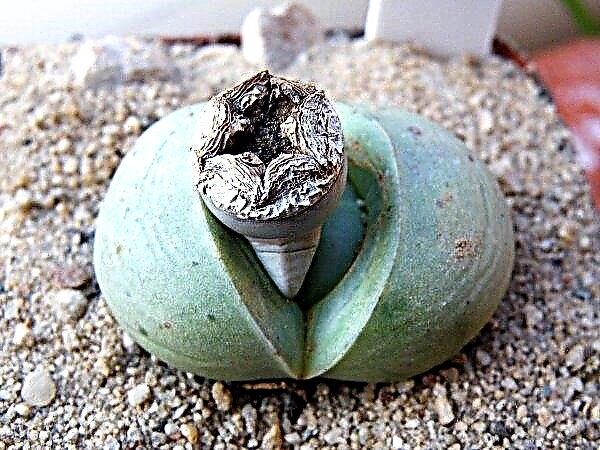In the presence of certain materials, the incubator can be made independently. However, the successful incubation of eggs depends on a number of factors, and in order not to spoil them in the first laying, it is important to anticipate all possible issues in the operation of the fabricated structure. Consider one of the popular options for creating such a device.
Characteristics of incubators with automatic egg flipping
In addition to incubators with “manual” or semi-automatic egg flipping, there are automatic incubators that minimize human intervention in the process of hatching. According to the time set by the owner, the automation itself performs the required revolution, and the eggs do not lay in one place.
Such machines can be built at home, but first of all, it is important to consider all its possible pros and cons.
Benefits
- The indisputable advantages of a home-made device include the following features:
- low cost in comparison with ready-made purchased models;
- energy efficiency in terms of energy consumption;
- independent selection of the necessary internal volume, depending on the personal needs of each farmer;
- high maintainability (if any part fails, the master can always replace it without outside help);
- universality (with the right assembly of the structure, a home-made incubator can be used not only for breeding chickens, but also for breeding chicks of another domestic or even exotic bird).
In addition, if the components for the future device can be found at home, then you will get the finished incubator for free.
Disadvantages
This group of characteristics for the most part includes disadvantages associated with inaccurate calculations and the use of old materials.
- Therefore, the possible disadvantages of homemade devices are as follows:
- the possibility of breaking some part of the device (especially if the incubator is made from old equipment);
- independent increase in temperature or power outages, which leads to the death of the embryos;
- unattractive appearance;
- lack of a guarantee from the manufacturer, which allows to replace the device in case of its breakdown.

Homemade Automatic Incubator Requirements
Without knowledge of the technical conditions of incubation, not a single assembled incubator will be able to provide good work productivity, therefore, before starting work, it is worth considering some requirements for automatic designs:
- egg incubation takes at least 21 days, which means that exactly how much the incubator should work out (without a break);
- eggs should be placed inside the device at a distance of at least 1 cm from each other, which is important to consider when choosing a particular pallet;
- along with a change in the stage of development of the embryo, the temperature inside the incubator should also change;
- automatic egg flipping should be performed slowly, with a frequency of 2 times a day;
- To maintain an optimal level of humidity and ventilation, a regulator of the necessary parameters (a temperature regulator, as well as sensors scanning the temperature level and humidity level) should be provided in a home-made mechanism.
Important! To use a home-made incubator for breeding different types of poultry, it is useful to purchase a ready-made universal tray that ensures the timely turn of their eggs.
How to make an automatic egg incubator do it yourself
If you are going to create an incubator yourself, then one of the good decisions will be to use an old refrigerator. Of course, it will have to be understaffed and the right choice of consumables. To do this, make sure that the finished design:
To do this, make sure that the finished design:
- had holes for ventilation and humidity maintenance at the level of 40-60% (they are drilled in the case, after which tubes are placed in them that protect against the interaction of air with glass wool);
- provided for the adjustment and maintenance of temperature indicators;
- provided the speed of ventilation of eggs at the level of 5 m / s;
- guaranteed the timely flipping of eggs.
However, all this will be calculated in the course of direct collection, and first you should correctly calculate the size of the device and select all consumables.
How to calculate the size?
The size of the finished home-made incubator will directly affect the number of eggs for one bookmark, so if it is important for you to get as many chicks at a time as possible, then we suggest focusing on the following approximate values:
| Egg capacity | Recommended parameters (L × W × H), cm |
| 45 | 45×25×28 |
| 70 | 55×55×28 |
| 100 | 60×60×28 |
As for the external dimensions of the device, they depend on the selected material, because, for example, the foam will be more voluminous than cardboard. In addition, in the manufacture of structures over several floors, completely different technologies will be used, which means that the calculations will be carried out taking into account the parameters of each tier.
The incubator size will also be affected by:
- type of heating system;
- lamp placement;
- placement of trays.
In order not to make mistakes in the calculations when designing the incubator, it is important to adhere to a pre-compiled scheme, which for a small device for 45 eggs can take the following form:
Consumables and tools for work
The device of the incubator has much in common with the device of the refrigerator, which will make a good case: the walls of the refrigeration equipment retain heat very well, and existing shelves can be used as shelving.
Did you know? On the territory of Russia, the first mass production of incubators dates from the beginning of the 19th century, and the volumes of such machines were very impressive: at one time 16-24 thousand eggs could be placed in them.
The main list of necessary tools and materials will look like this:
- old refrigerator (you can the oldest model, but the whole and working);
- 25 W bulbs (4 pcs.);
- fan;
- metal rod or chain with asterisk;
- a drive for turning eggs (for example, a gear motor from a car wiper);
- drill;
- temperature regulator;
- thermometer;
- screwdriver and screws.
How to make an incubator with automatic tray reversal do it yourself: video
Sample scheme of the finished product:
Step-by-step manufacturing instructions
The whole process of making a home incubator from an old refrigerator will take only a few hours, as it consists of a small number of basic steps:
- Development of drawings showing the clear location of each detail of the future incubator.
- Disassembling the refrigerator and removing all unnecessary parts: the freezer, trays on the doors and other elements of secondary importance.
- Organization of a ventilation system (one hole must be drilled in the ceiling of the refrigerator, and three more holes should be made in the lower part, closer to the bottom, by inserting plastic tubes into them).
- Fastening sheets of expanded polystyrene to the inner walls of the case (you can use double-sided tape or small screws).
- Installation of a heating system. Prepared 4 incandescent lamps need to be fixed at the bottom and top of the refrigerator case (two pieces each), and the lower lamps should not impede the placement of the container with water (small screws can be used for fastening).
- Installation on the outside of the door of the purchased temperature controller and its connection to the heating elements.
- Creation of a flipping mechanism using an automatic gearbox. To begin with, with the help of metal strips and screws, fix this element at the bottom of the refrigerator. Then, inside the device, install a wooden frame and attach the trays to it, only so that they can tilt 60 ° first towards the door and then in the opposite direction. Attach a rod to the gear motor connected to the tray on the opposite side of the refrigerator (the engine will act on the stem, and that, in turn, will begin to tilt the tray and provide rotation).
- Installation of a viewing window. On the outside of the refrigerator door, cut a small hole and cover it with glass or clear plastic. Strengthen all joints with tape or sealant.
- Installing a water tray and fixing a thermometer inside the refrigerator, only so that it can be seen in the viewing window.
In conclusion, you should check the operability of all mechanisms by turning on the device for several hours.
Egg laying in the incubator
Before being placed in an incubator, all eggs must lie in the room for at least 8 hours, because if before that they were in cool conditions, then when placed in a warm incubator, condensation may occur. An equally important stage of preparation is the rejection of unsuitable eggs.
An equally important stage of preparation is the rejection of unsuitable eggs.
So, for further incubation, instances will not work:
- small size;
- with cracks, growths or any other uncharacteristic features on the shell;
- with freely moving yolk;
- with a displaced air chamber (more than two millimeters).
The next stage is direct laying in the incubator, which also has its own characteristics:
- on one tray it is desirable to lay eggs close to each other in size, and preferably from one species of bird;
- first of all, the largest eggs should be laid on the trays, and after them, taking into account the incubation period, medium and small ones (on average, at least 4 hours should pass between the laying of each next group);
- if possible, it is worth shifting the bookmark time to the evening hours, so the chicks should appear in the morning;
- it is desirable to place the incubator in a room with stable temperatures, so that it is easier for the device to maintain indicators inside;
- for complete control over the incubation process, get yourself a calendar in which you need to note the date of laying, the number and time of the coup, as well as the date of control ovoscopy of eggs.
The duration of incubation of different species of birds has significant differences, which means that the revolution of the eggs should be performed in different ways. In addition, the conditions for the development of embryos will also vary:
In addition, the conditions for the development of embryos will also vary:
- for chicken eggs, the temperature inside the device must be monitored every hour, in the first 11 days maintaining it at +37.9 ° C, with a humidity of not more than 66%;
- For duck eggs, the optimum performance is + 38 ... + 38.2 ° C, with a humidity of 70%.
Did you know? Hens perfectly remember faces and are able to keep in memory up to hundreds of images, not only human, but also animals.
Temperature conditions for different types of birds
A suitable temperature is one of the most important incubation conditions, without which hatching is simply impossible.
For each type of bird, these indicators are purely individual, therefore, when laying eggs of chickens, ducks, geese or turkeys, one should focus on the following values:
| Kind of eggs | The required temperature in the first days of incubation, ° C | The required temperature in the last days of incubation, ° C |
| Chicken | 37,9 | 37,6 |
| Goose | 38,4 | 37,4 |
| Duck | 38,0 | 37,1 |
| Turkeys | 37,6 | 37,1 |
| Quail | 37,8 | 37,5 |
In general, a home-made incubator is a good solution both for those who are just trying on poultry farming, and for experienced farmers who do not want to spend extra money on the purchase of finished equipment. Equipping the design with automatic egg flipping, you can achieve 80–90% hatchability.












